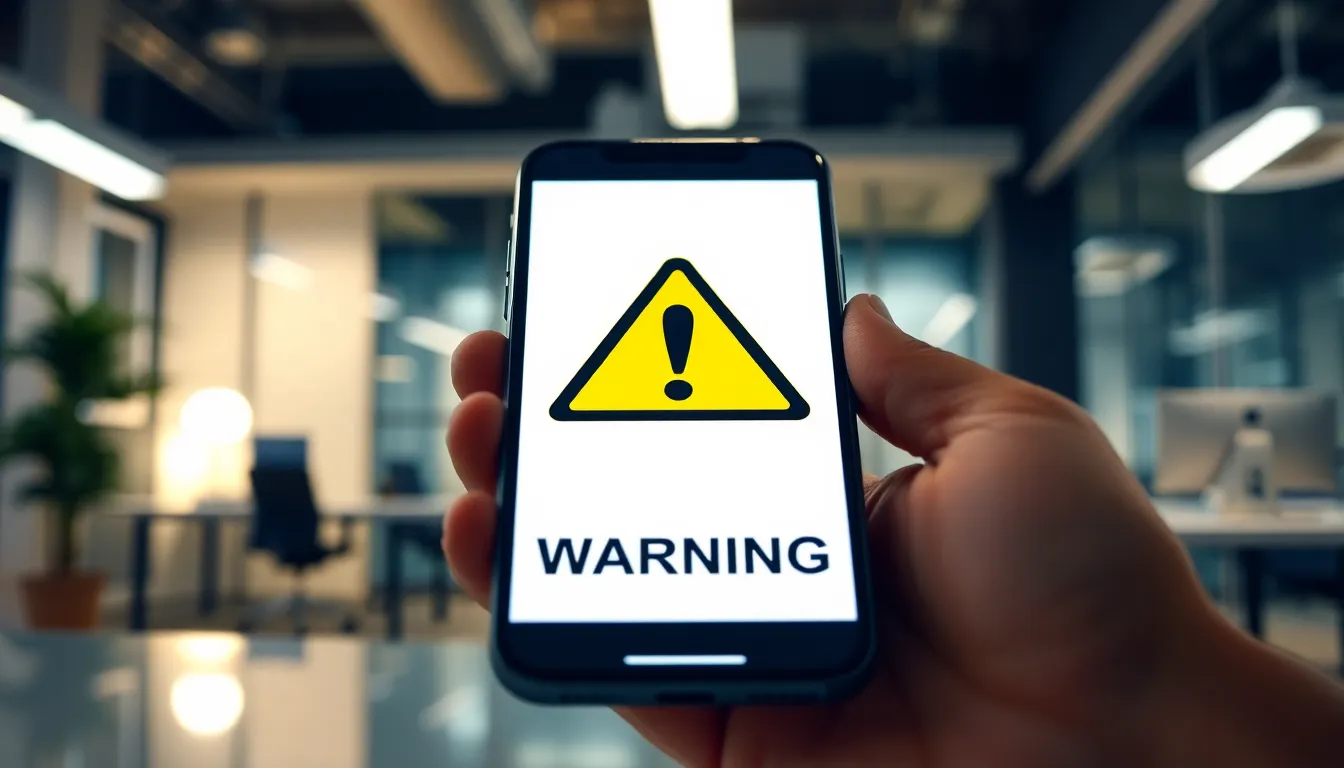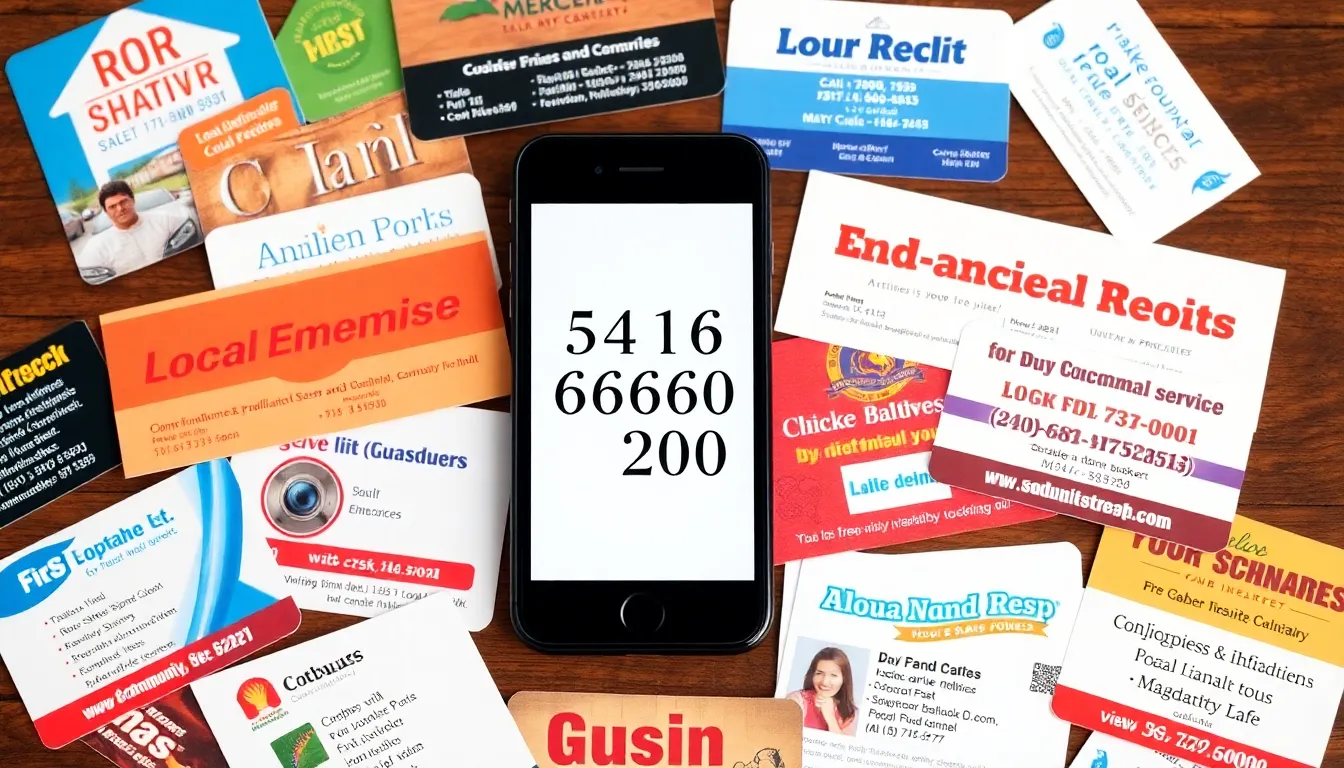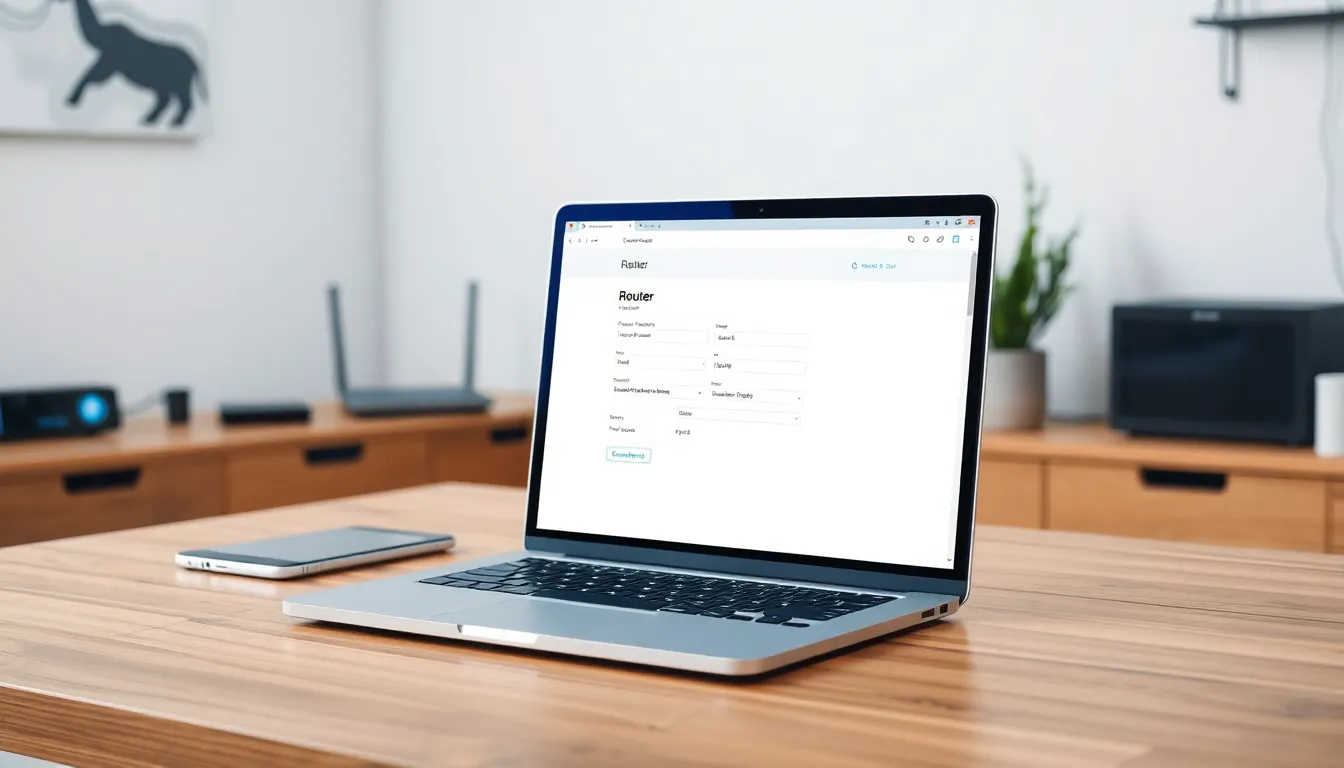Table of Contents
ToggleIn a world where smartphones are practically an extension of ourselves, the security of mobile apps has never been more crucial. Picture this: your favorite app, the one that helps you track your daily coffee intake (because who doesn’t need to know that?), suddenly gets hacked. Yikes! Not only could your data be at risk, but your caffeine addiction might just become public knowledge.
Mobile app security isn’t just a techie buzzword; it’s a necessity. With cyber threats lurking around every digital corner, developers must prioritize protection to keep user information safe. After all, nobody wants their personal secrets exposed, especially when they involve that embarrassing playlist of 90s boy bands. This article dives into the essential strategies for securing mobile apps, ensuring that both developers and users can enjoy their digital experiences without unwanted surprises.
Importance of Security for Mobile Apps
Mobile app security represents a fundamental component of user trust and data protection. Securing personal information, like banking details and health records, prevents unauthorized access. Protecting against data breaches, phishing attempts, and malware attacks safeguards both users and developers.
Developers, faced with increasing cyber threats, must prioritize robust security measures. Statistics reflect that 43% of cyberattacks target small businesses, emphasizing the urgent need for protection in app development. Implementing encryption techniques and secure coding practices mitigates vulnerabilities effectively. Regular security assessments and updates help in identifying and patching weaknesses.
Users also play a critical role in mobile app security. An informed user base can recognize suspicious activities, report potential issues, and practice safe app usage. Using strong, unique passwords and enabling two-factor authentication adds additional layers of protection.
App permissions demand careful attention; users should only grant necessary permissions. Unrestricted access can lead to exploitation of sensitive data, which many users may inadvertently overlook. Transparency around data collection and usage enhances user confidence and promotes safer app environments.
Even well-known apps experience security breaches, reinforcing the notion that security cannot be an afterthought. Developers and users must collaborate to create a secure ecosystem. With a shared responsibility, they can achieve safer mobile app experiences, reducing the risks associated with mobile technology.
Common Security Threats

Mobile apps face multiple security threats that can compromise user safety and data integrity. Understanding these threats helps developers implement stronger security measures.
Malware Attacks
Malware attacks exploit vulnerabilities in mobile apps to access sensitive information. Common types of malware include trojans, adware, and ransomware. Trojans disguise themselves as legitimate apps, tricking users into downloading them. Adware generates unwanted advertisements, slowing down devices and stealing information. Ransomware encrypts data, demanding payment for recovery. According to recent statistics, malware attacks affected 40% of mobile devices in 2022. Developers must prioritize malicious software detection and implement measures to prevent infection.
Data Breaches
Data breaches occur when unauthorized individuals access sensitive information, posing serious risks. Mobile apps, particularly those handling financial or personal data, attract attackers. In 2023, reports indicated that 60% of breaches originated from unsecured application programming interfaces. Users’ personal information, including banking details and health records, can end up exposed. Implementing encryption and secure data storage practices can significantly reduce the likelihood of breaches. Continuous monitoring of app security helps identify vulnerabilities before they can be exploited.
Insecure Code
Insecure code creates significant risks for mobile app security. Flaws in coding can lead to exploitation by attackers seeking unauthorized access. Approximately 70% of security vulnerabilities arise from programming errors, making secure coding practices essential. Developers must use secure coding techniques and perform regular code reviews. Code obfuscation can also help shield the underlying logic from attackers. Adopting these strategies ensures that applications remain resilient against threats, protecting both the app and its users from harm.
Best Practices for Mobile App Security
Mobile app security relies heavily on implementing effective practices. Developers must prioritize these strategies to protect sensitive user data.
Secure Coding Techniques
Implementing secure coding techniques is essential in preventing vulnerabilities. Using input validation reduces the risk of code injection attacks. Additionally, applying the principle of least privilege helps limit access, thereby minimizing exposure. Secure libraries and frameworks offer built-in protection against common vulnerabilities. Focusing on these practices can decrease the likelihood of programming errors, which account for around 70% of security issues. Adopting secure coding standards ensures robust security from inception.
Regular Security Testing
Conducting regular security testing identifies potential weaknesses before they are exploited. Penetration testing simulates attacks, offering insights into app vulnerabilities. Regular vulnerability assessments should also become a standard practice to uncover security gaps. Maintaining a consistent testing schedule helps identify changes that may introduce new risks. A comprehensive testing approach contributes to a proactive security posture, fortifying the app against evolving threats. Prioritizing security testing not only protects user data but also reinforces user trust.
Implementing Security Features
Implementing robust security features is essential for mobile app safety. Developers must prioritize security from the ground up to protect sensitive user information.
Authentication and Authorization
Authentication ensures only authorized users access an app. Two-factor authentication adds an extra layer of security, significantly reducing unauthorized access. Biometric methods, like fingerprint or facial recognition, provide user-friendly registration and login processes. Developers should limit access based on user roles, employing the principle of least privilege to minimize risk exposure. Regularly reviewing user permissions helps maintain security as user requirements change. By reinforcing strong authentication measures, developers can significantly enhance app security and build user confidence.
Data Encryption
Data encryption safeguards sensitive information by converting it into an unreadable format for unauthorized users. End-to-end encryption secures data as it travels between the device and the server, preventing interception during transmission. Developers must encrypt sensitive data stored on devices to protect user information in case of a breach. Implementing strong encryption algorithms, such as AES-256, helps ensure data remains secure. Regularly updating encryption protocols is critical to combat emerging threats. By prioritizing data encryption, developers fortify app security and protect users’ personal data from potential attacks.
Mobile app security is more than just a technical requirement; it’s a necessity for protecting user trust and sensitive information. As cyber threats continue to evolve developers must remain vigilant and proactive in implementing robust security measures. By adopting secure coding practices and conducting regular assessments they can significantly reduce vulnerabilities.
Users also play a vital role in maintaining security by being aware of their digital habits and taking necessary precautions. A collaborative effort between developers and users is essential for creating a secure mobile app ecosystem. This partnership not only mitigates risks but also fosters a safer digital environment for everyone involved. Prioritizing mobile app security ultimately leads to greater user confidence and a more secure future in mobile technology.





